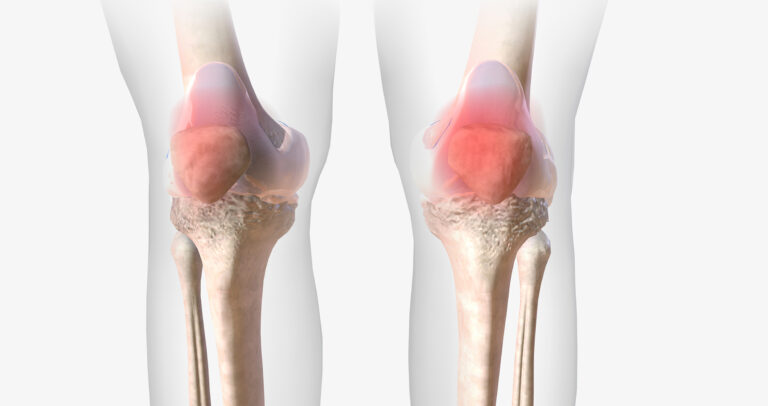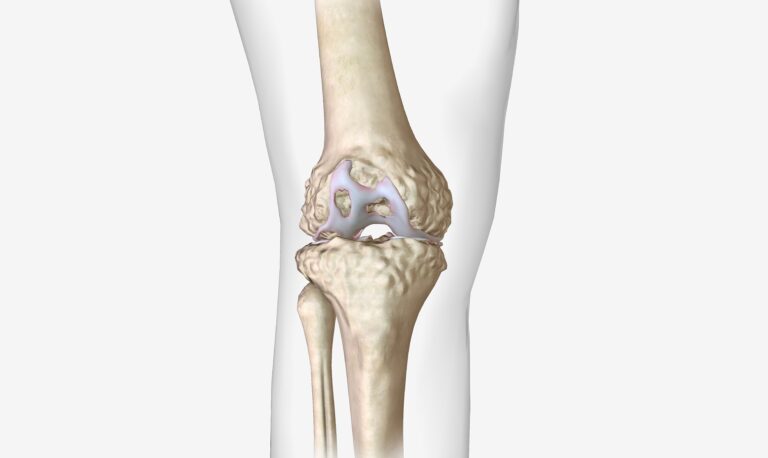In our pursuit of a healthy lifestyle, we often focus on activities like weightlifting, yoga, or cardio workouts. While these exercises undoubtedly have their merits, one simple yet powerful activity often gets overlooked: walking. Beyond its cardiovascular benefits and calorie-burning potential, walking plays a crucial role in maintaining and improving bone health. Let’s take a closer look at how this seemingly mundane activity can contribute to stronger bones.
Weight-Bearing Exercise: Walking is a weight-bearing exercise, meaning it requires you to support your body weight against gravity. This stress on the bones stimulates them to build more bone mass, making them stronger and less susceptible to fractures. Regular walking can help prevent bone loss associated with aging and conditions like osteoporosis.
- Increased Bone Density: Studies have shown that consistent walking can lead to increased bone density, especially in the hip and spine, which are common sites for osteoporotic fractures. By engaging in weight-bearing activities like walking, you can improve bone mineral density and reduce the risk of fractures later in life.
- Joint Health: Walking is a low-impact exercise that puts minimal stress on the joints compared to high-impact activities like running. This makes it an ideal choice for individuals with joint issues or those recovering from injuries. By promoting joint mobility and flexibility, walking can help alleviate stiffness and discomfort, allowing for better overall bone health.
- Vitamin D Synthesis: Walking outdoors exposes you to natural sunlight, which is essential for vitamin D synthesis. Vitamin D plays a crucial role in calcium absorption and bone metabolism, helping to maintain optimal bone health. By incorporating regular walks into your routine, you can ensure adequate vitamin D levels, which are vital for strong and healthy bones.
- Improved Posture and Balance: Walking strengthens the muscles that support the spine and helps maintain proper posture. By promoting better alignment and stability, walking reduces the risk of falls and fractures, particularly in older adults. Additionally, walking on uneven terrain or incorporating balance exercises into your walks can further enhance stability and coordination.
- Stress Reduction: Walking is not just beneficial for physical health but also for mental well-being. It’s a simple yet effective way to reduce stress, anxiety, and depression. By relieving mental tension, walking indirectly contributes to better bone health, as chronic stress can negatively impact bone density and quality over time.
In conclusion, walking offers a myriad of benefits for bone health, ranging from increased bone density to improved joint mobility and better posture. Whether you prefer a leisurely stroll through the park or brisk walks around your neighborhood, incorporating regular walks into your routine can go a long way toward maintaining strong and healthy bones throughout life. So lace up your shoes, step outside, and take that first step towards better bone health today. Your bones will thank you for it in the years to come.
Disclaimer: The information provided in this blog post is for general informational purposes only and should not be considered professional advice. Before making any health-related decisions, consult with a qualified healthcare professional. The content is not a substitute for medical advice, and individual results may vary. The author and website are not responsible for any consequences arising from the use of the information provided. Use your best judgment and seek professional advice when needed.



